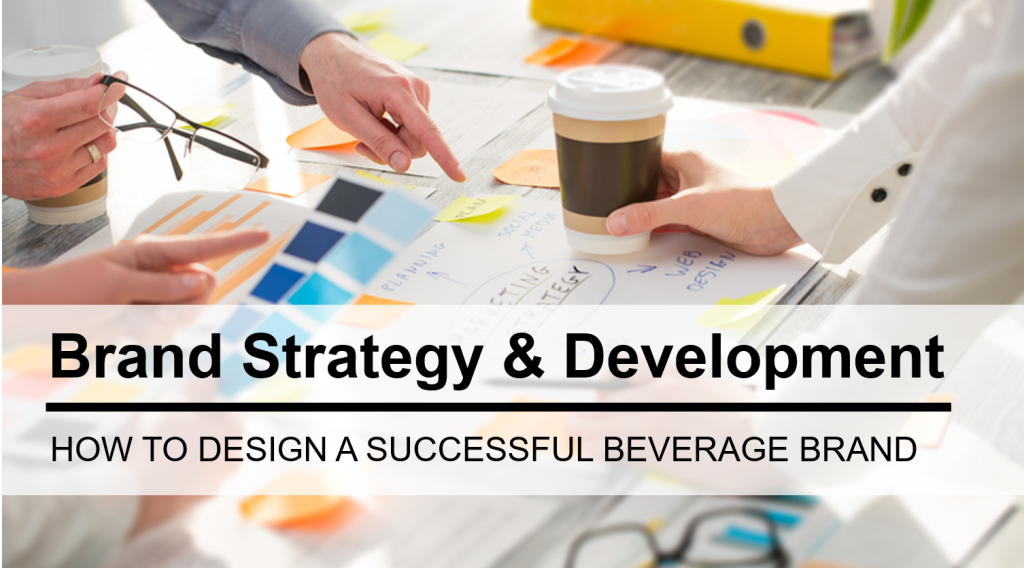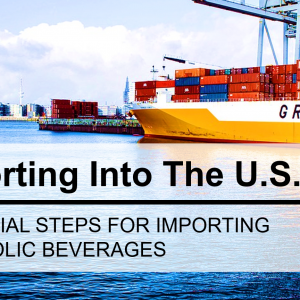An Interview with Dan Read, Beverage Strategy, Innovation, and Design Partner at Root and Branch Global
What is it about a great design that gets us to not only pick up a beverage but put it in our cart and take it home? That’s the question that people like Dan Read, and his partners at Root and Branch, a beverage strategy, innovation, and design firm in the UK, help both startups and global brands to answer. Through their work with brands like Jack Daniel’s and Pepsico, Root and Branch has developed processes and points of reference to guide beverage businesses from a vague idea to a fully-developed brand and creative strategy. During a recent interview with MyDrink Beverages, Dan shared insights to help beverage entrepreneurs successfully navigate the creative brand development process.
What makes a good beverage brand design?
Startup beverage brands tend not to have big communication budgets and so must sell themselves strongly on the shelf. In this context, a successful design is one that’s relevant to the space or category, while also being distinctive: A well-executed piece of packaging helps the customer to quickly understand the entire value proposition of the product. It’s easy to get stopping power, but it’s harder to get pick-up power. The best designs not only catch my eye but also make me think something. They draw the eye and then draw the mind.
What is the biggest mistake you see beverage entrepreneurs make when it comes to their approach to brand design?
One prevalent mistake we see beverage entrepreneurs making is that of falling in love with their idea, without going through the steps to develop a sound, category-winning strategy. For example, a client might approach us with a ‘big idea’ based around one ingredient and a fancy tagline, but no real strategy. They can’t clearly articulate a benefit to a consumer or explain what space or category they are purposefully targeting. What’s lacking here is a product strategy that can inform all aspects of the brand’s design and communication – especially early-on in the development process. A well-defined strategy, communicated in the form of a creative brief, provides a solid point of focus to guide design and measure its effectiveness.
Is the design approach different for “disruptive beverages?”
Disruptive innovation is a term borrowed from the fin-tech industry. It has a specific meaning (using technology to structurally alter the way in which an industry functions, to the detriment of traditional competitors). We don’t see so much of this type of innovation in beverages. We talk more about Re-frame Innovation. For example, Seedlip re-framed distilled water by inventing the idea of a zero-proof spirit. This created a new category. Genuine re-frames like this are few and far between. Most of the product ideas we develop for clients need to relate to existing categories, because consumers use existing categories to organize benefits, compare, and make decisions more quickly.
One question we ask to help entrepreneurs think through their idea though is, “If you win, who loses?” This question forces us all to think about the point of distinctiveness. A good example of this is the brand Ugly Water. They understood that they could exploit consumers’ dislike for single-use plastic and compete successfully by putting their water in a 100% recyclable can. Ugly had a clear enemy: bottled water. They understood the space they were entering and the existing ideas, rules, and opportunities before they devised a strategy to make their mark on consumers in that category.
What makes designing for the beverage industry different than designing for other consumer packaged goods?
Drinks are cultural products, spirits especially. Legalities aside, there are rules and constraints, both spoken and unspoken. Those rules layer on top of the underlying principles of good packaging design. Without a deep understanding of the rules and constraints in each space it’s all too easy to come up with something that consumers misunderstand or reject altogether. There’s plenty of room for creativity and fresh ideas, but brands need to look like they belong.
How can you determine if your design will be relevant and successful in the marketplace?
As Mike Tyson said, “Everyone has a plan until they get punched in the mouth.” The best way to test an idea’s real-world potential is to get in front of consumers. Words and mood boards are not enough. There is a specific methodology for getting unbiased and actionable consumer insights about your brand. Most critical is to get to the heart of packing communication: how the design manifests your strategy and brand in the mind of the consumer. Conducting this kind of qualitative research can be uncomfortable for brand owners, and you need to lean into that discomfort to discover more. If a consumer doesn’t understand your message or your brand, you need to dig in and find out why. We use consumer research as a stick to beat the weakness out of an idea and make it as strong as it can be.
Another good test in the beverage space is to think about how you would explain your brand to a distributor. They often have lots of products vying for their attention. Why should they choose your idea amongst all others? Does the packaging design work to help them see the edge your brand inherently possesses?
Where do you get brand design inspiration?
Inspiration is everywhere once you have a clear strategy and hence know what to zero in on. You need to be on the lookout for ways to make a new and exciting proposal that consumers are drawn to. That comes from watching what’s happening with products and offerings in various markets, as well as what’s happening with consumers. As part of our development process we take design inspiration from many sources to create direction for manifesting a brand. We call these the “jumping-off points” and use them to give design a clear focus.
What should a beverage brand look for when hiring a designer?
Our pitch is that industry experience counts. On that basis you might want to look at a potential design partner’s portfolio and see their beverage work at different stages and in various categories. Check out their development approach and try to judge how well they can talk the strategy. Good brand design is almost always informed by an intensive understanding of market and consumer drivers. At the same time, strategy is nothing without execution. The right design partner will be capable of producing a winning execution and will also be invested in growing with you and seeing your brand succeed over the long term.


